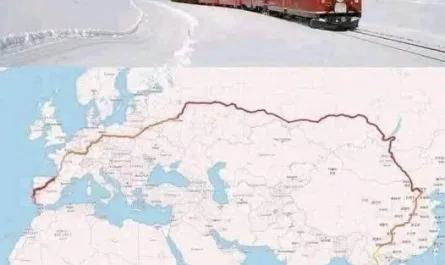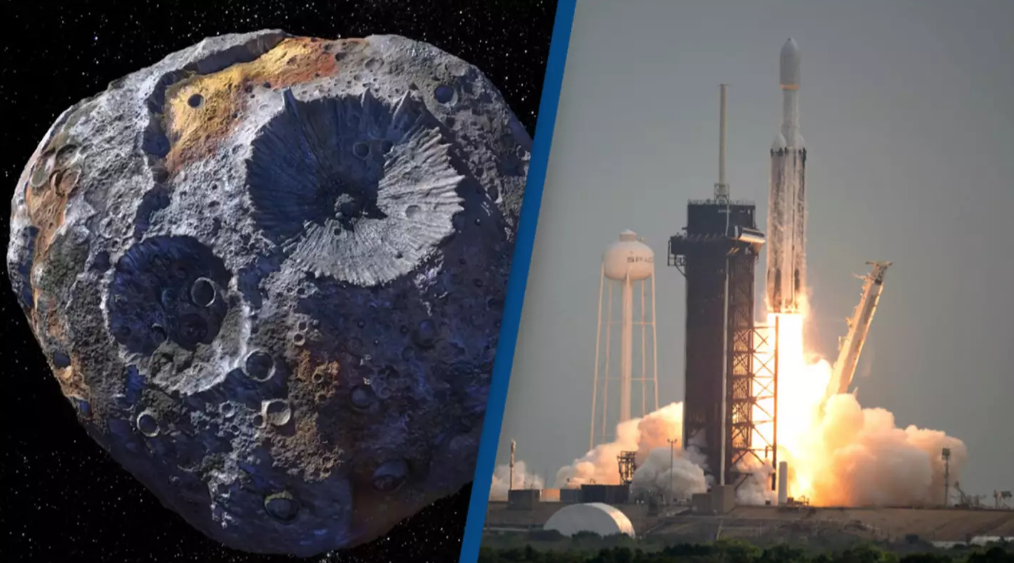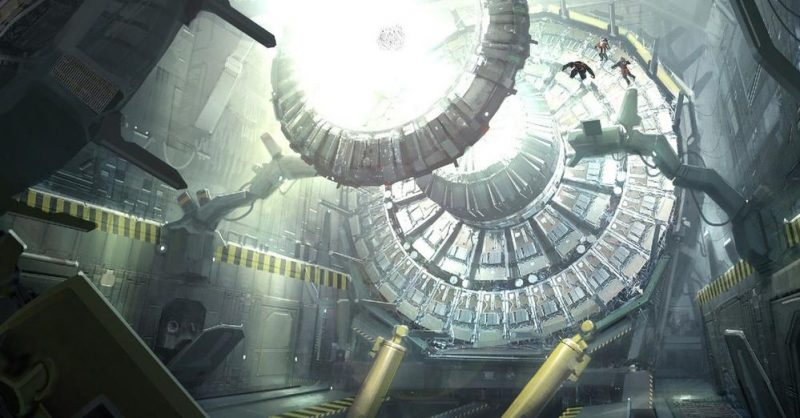In a world where modern refrigeration is taken for granted, it’s fascinating to explore the ingenious inventions of the past that allowed people to preserve ice and keep their surroundings cool. Among these remarkable creations is the “Yakhchāl,” an ancient Persian refrigerator dating back to around 400 BC.
Yakhchal: Ancient Persian Refrigerator
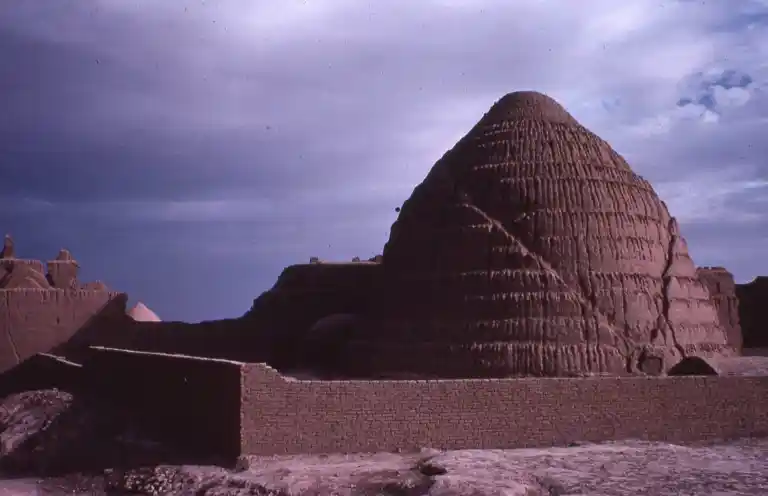
Discover the Yakhchal, a 2,500-year-old ancient Persian refrigerator. Learn about its ingenious structure, ice production methods, historical significance, and modern adaptations like electricity generation and sustainable water production. Explore how this ancient cooling system from Iran has withstood the test of time, offering valuable insights into the resourcefulness of ancient engineers.
In a world where modern refrigeration is taken for granted, it’s fascinating to explore the ingenious inventions of the past that allowed people to preserve ice and keep their surroundings cool. Among these remarkable creations is the “Yakhchāl,” an ancient Persian refrigerator dating back to around 400 BC.
This ancient technology was an ingenious cooling system designed to preserve ice at a time when refrigeration technology was non-existent. The Yakhchal can be found across various regions of Iran, where the local climate allowed for the freezing of ice during the winter months.
Derived from the Persian words “yakh” (meaning ice) and “chal” (meaning pit), the Yakhchāl was an essential element of ancient Iranian life, providing a reliable method for preserving food, drinks, and even cooling buildings during scorching summers.
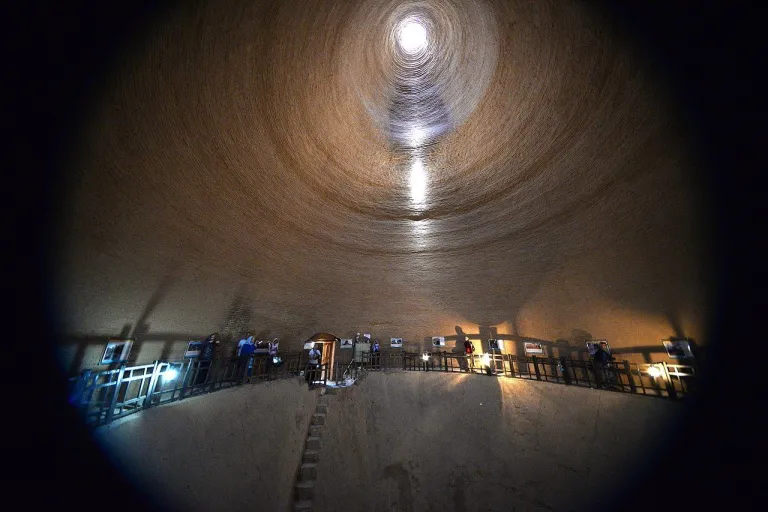
Structure and Function
First developed by the Persians around 400 BC, the Yakhchāl is an ancient type of ice house that functions as an evaporative cooler, used to store ice for use in the summer, as well as for food storage.
The structure itself consists of a dome-shaped building above ground, concealing a spacious subterranean storage area. Constructed from locally sourced materials such as adobe mixed with sand, clay, egg whites, goat’s hair, lemon juice, and a water-resistant mortar called “subrouge,” the Yakhchāl was designed to withstand the rigours test of time and climate.
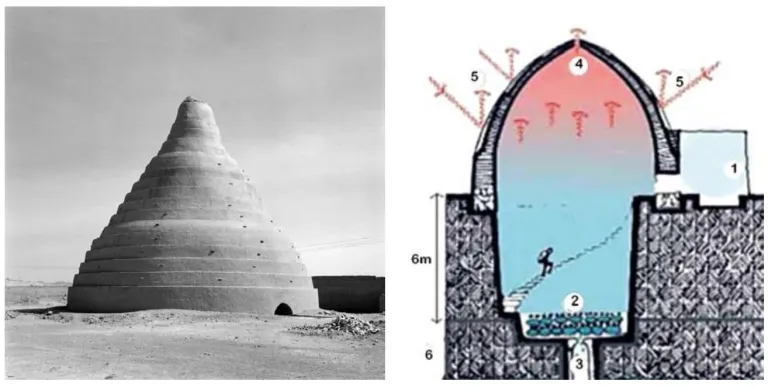
The cooling process of the Yakhchāl was driven by a combination of clever design principles. Cold air was allowed to flow in through openings at the base of the structure, while the tall conical shape directed any remaining heat upward and out through openings at the top. This continuous exchange of air allowed the Yakhchāl to maintain a consistently low temperature inside, effectively preserving the ice even in the blazing desert heat.
Ice Production and Storage in Ancient Persia
The process of creating ice for the Yakhchāl was a meticulous one. A shallow pond was filled nightly with water from a fresh canal. To shield the pond from the winter sun’s heat, a shading wall was erected. During the cold winter nights, the water in the pond would freeze, creating a ready source of ice. This ice was then carefully harvested from the pond and transferred into the Yakhchāl’s storage chamber. The Yakhchāl’s insulating materials and design ensured that the ice remained frozen, allowing for its use throughout the sweltering summer months.
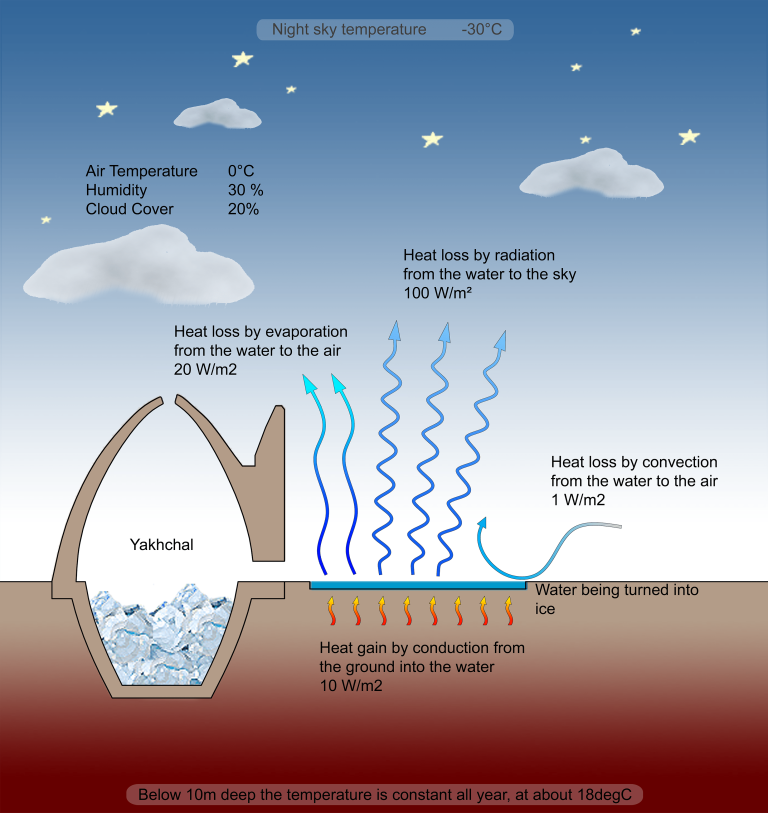
Historical Significance and Legacy
Records and illustrations from history provide valuable insights into the widespread use of Yakhchāl in ancient Iran. These remarkable structures played a crucial role in preserving perishable items and providing relief from the scorching heat. While primarily utilized for storing ice for culinary and refreshment purposes, Yakhchāl may have also been used for cooling buildings, showcasing the versatility of this ancient cooling technology.
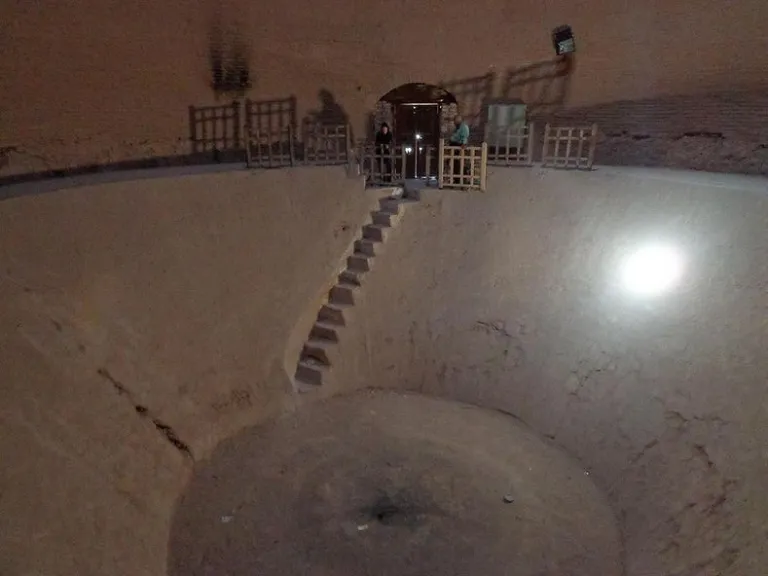
Remarkably, despite the passage of centuries, 129 Yakhchāl still stand in Iran today, a testament to the enduring brilliance of this ancient Persian invention. Each of these surviving structures is a living relic, bearing witness to the resourcefulness and innovation of a civilization that harnessed the power of natural elements to overcome climatic challenges.
Generating Electricity with a Yakhchāl
Yakhchāl could be used to passively generate electricity via Peltier elements or drinking water via atmospheric water generators.
The idea involves combining an evaporative cooler with Peltier elements to generate electricity. Evaporative coolers use water evaporation to cool air, while Peltier elements are devices that can convert temperature differences into electricity. This concept likely aims to harness the temperature difference between the cooled air and the surrounding environment to generate electrical energy through the Peltier elements. The system would essentially use the cooling process of the evaporative cooler to drive the Peltier elements and produce electricity.
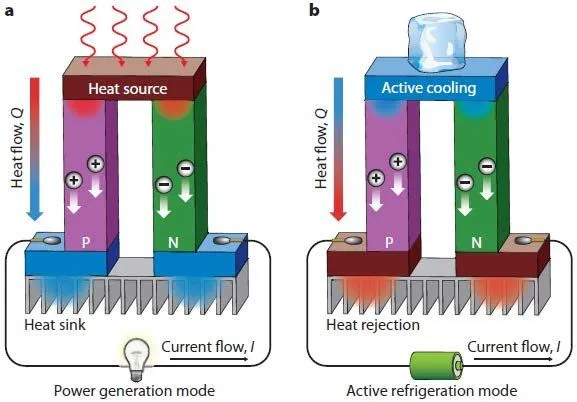
The concept involves generating electricity using Peltier elements and the Seebeck effect, combined with the Ancient Persian Refrigerator. Warm air evaporates from the top, leaving colder air in the storage area. Peltier elements use the Peltier effect to create a heat flux between materials, and this can be reversed (Seebeck effect) to convert temperature difference into electricity.
The proposal suggests incorporating Peltier elements into Yakhchāl structures. Holes would be made on the cold storage side, and Peltier cells would replace sections of the wall. Hot outside air would reach one side of the elements, while cold inside air would reach the other, generating electricity via the Seebeck effect. This idea could potentially produce electricity while maintaining the cooling function of Yakhchāls.
Moreover, the cooling method of Yakhchāls have the potential to contribute to sustainable water solutions in arid regions. By combining the traditional cooling methods of Yakhchāls with atmospheric water generators, it becomes possible to create a large-scale self-sustaining system for producing drinking water. This innovation could particularly benefit desert coastal areas with high air humidity resulting from seawater evaporation.
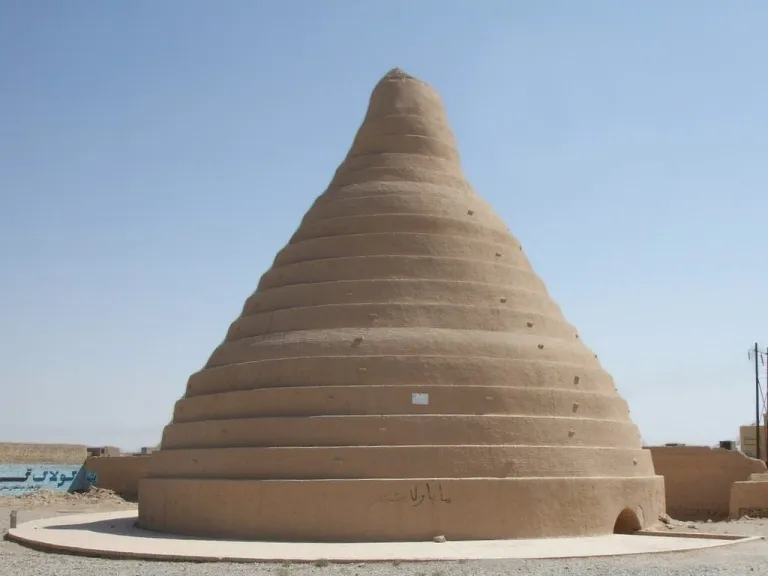
Conclusion
The Yakhchāl was more than just an ice storage facility; it was a testament to the creativity and resourcefulness of ancient engineers, exemplifying how ancient civilizations developed innovative solutions to tackle challenges that are often taken for granted today.
In summary, Iranian ice repositories, represented by the ingenious Yakhchāls, exemplify traditional indigenous architecture’s capacity to blend practicality with sustainability. These structures not only preserved ice in a desert climate but also offer inspiration for modern adaptations, such as electricity generation and sustainable water production. The legacy of Yakhchāls serves as a testament to human creativity and resourcefulness throughout history.

